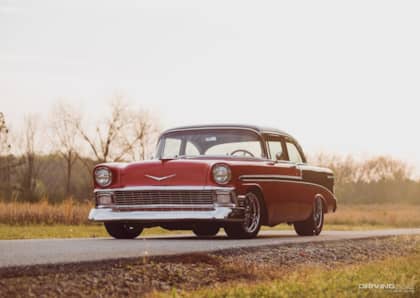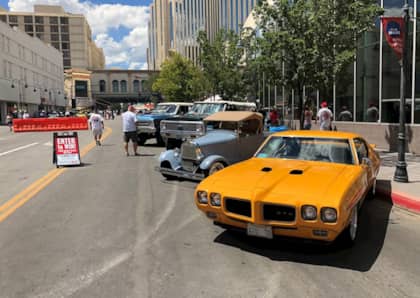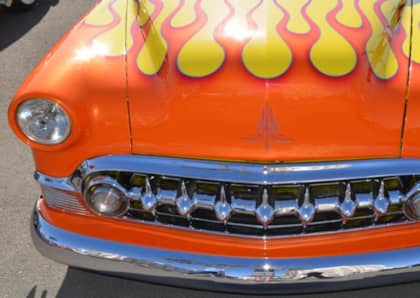Modern Electrical Power For Classic Hot Rods: How To Keep The Juice Flowing When Upgrading Your Muscle Car
If you were to ask any enthusiast about what classic muscle car parts and systems they were most looking forward to upgrading, chances are you won't hear the words 'alternator' or 'wiring harness' anywhere in there.
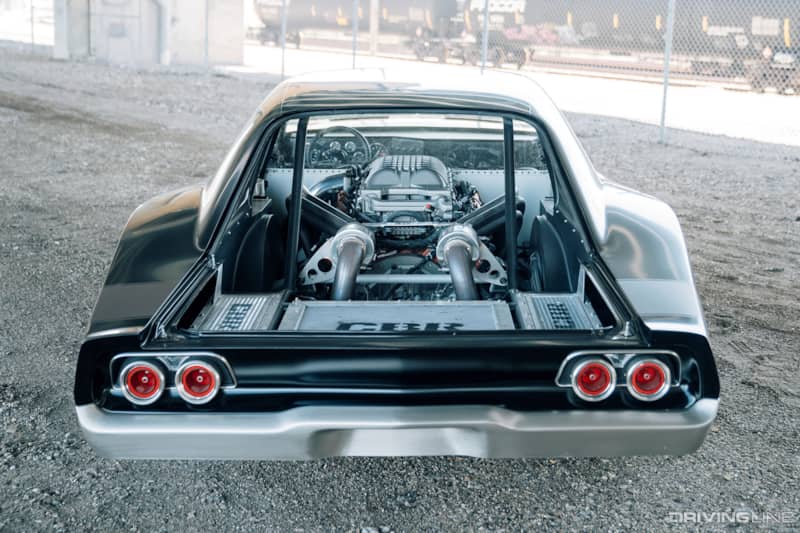
Still, when it comes to reliable and safe driving of an older hot rod that's been modified with modern components, having enough electrical power to keep the lights on and the engine purring is one of the most important improvements that can be made to your machine. Let's take a look at the ins and outs of adding modern electrical power to a classic car, and why these updates should be at the top of your list.
It's All About Alternators
Your classic car's alternator is a key component in keeping all of its electronic systems happy as it spins round and round to generate the amperage required to run features like the lights, gauges, and the ignition. There are two issues, however, that regularly pop up with old school alternators operating on a resto-mod.
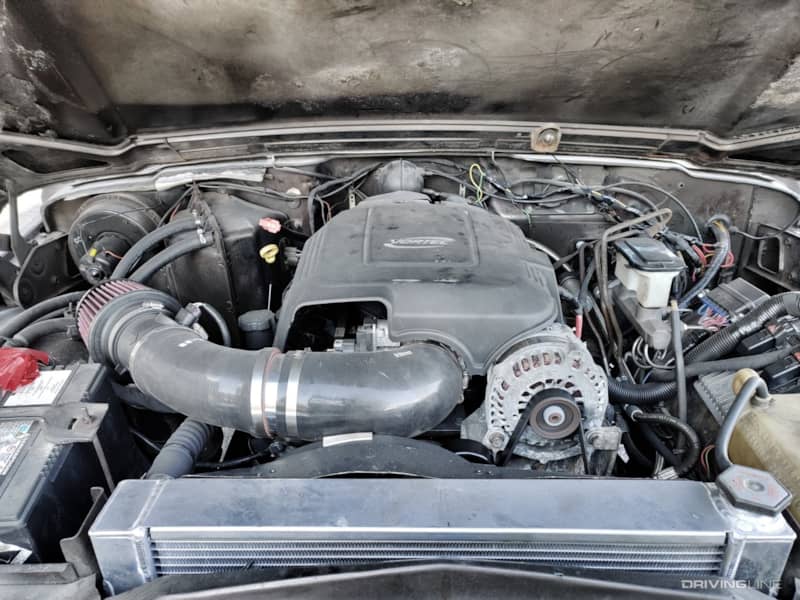
The first has to do with the design of the alternator itself. Most pre-1980s automobiles feature an external voltage regulator, a mechanical device that translates the raw voltage generated by the alternator (usually around 17 volts) to the industry-standard 13.5 volts. As with any mechanical device, its internals can wear out over time, and the heat the regulator is exposed to can eventually cause its contact points to get stuck in the closed position. Once that happens, the full voltage is unleashed through your automobile's charging system, which can burn out all manner of components and run the risk of overcharging and damaging your battery.
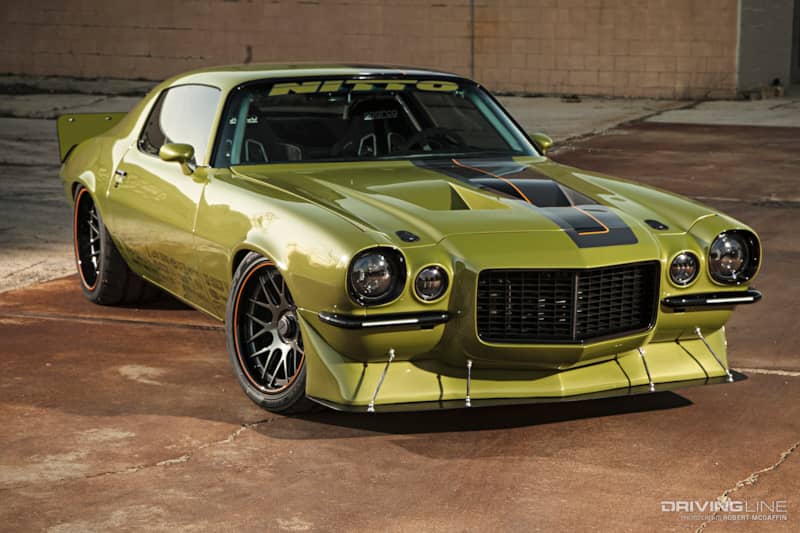
Then there's the question of amperage. Original equipment alternators were designed to handle the basics of motoring in their era, not deal with upgraded lighting (such as H4 bulbs), aftermarket stereo systems, or even modern additions like a higher output ignition, electric cooling fans, or add-on air conditioning, to say nothing of trick suspension setups (hydraulic or air). It's not unusual to see pre-'80s vehicles with 35 amp or 40 amp alternators, which are a far cry from the 100 amp to 200 amp designs currently available. Without enough amps to go around, you can experience all manner of unusual problems ranging from dim lights to sputtering engines to AC that won't kick on at idle.
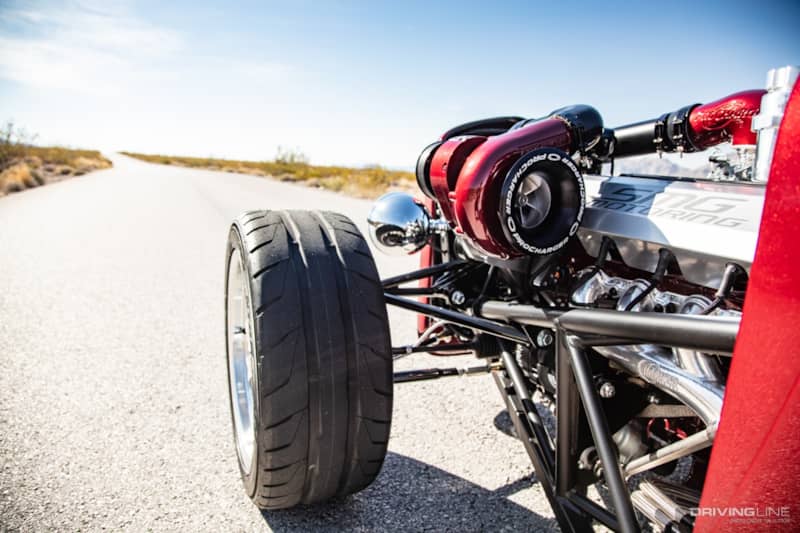
The solution to both of these problems is to swap in a modern alternator that contains an internal voltage regulator (a component that can often be swapped in from another model). Internal regulators are far simpler and more reliable than even updated solid state external regulators, and they almost always provide more available amperage than was originally installed in an older vehicle. Easier to install and a cinch to maintain, internally-regulated alternator upgrades are a no-brainer.
Older Harnesses Can Be A Fire Hazard
Plugging all that extra gear into a stock, decades-old wiring harness can produce problems of its own, even if you have enough amps to keep everything whirring. Entropy comes for the wiring in your vehicle as surely as it does the mechanical components, with heat, moisture, and time all working together to corrode cables, crack and thin their insulating wrap, and burn out their connections and plugs all over the chassis.
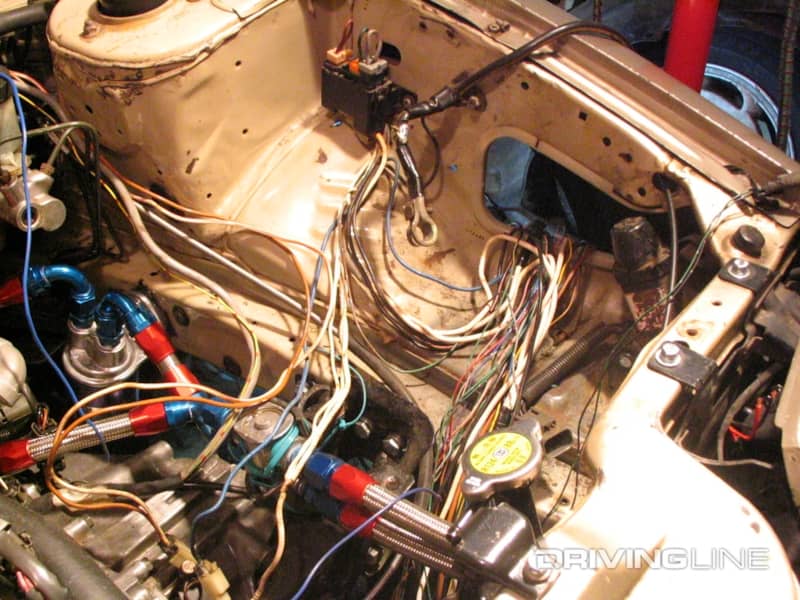
An older wiring harness can have you chasing down lights that don't work, heater fans that won't spin, and spark plugs that don't fire. In a worst-case scenario, it might also force you to reach for the fire extinguisher as you race to head off the smoke rising from under your hood or dash, particularly if you've plugged in high-draw components (such as headlights or compressors) to wiring that simply isn't up to the task of carrying all those amps.
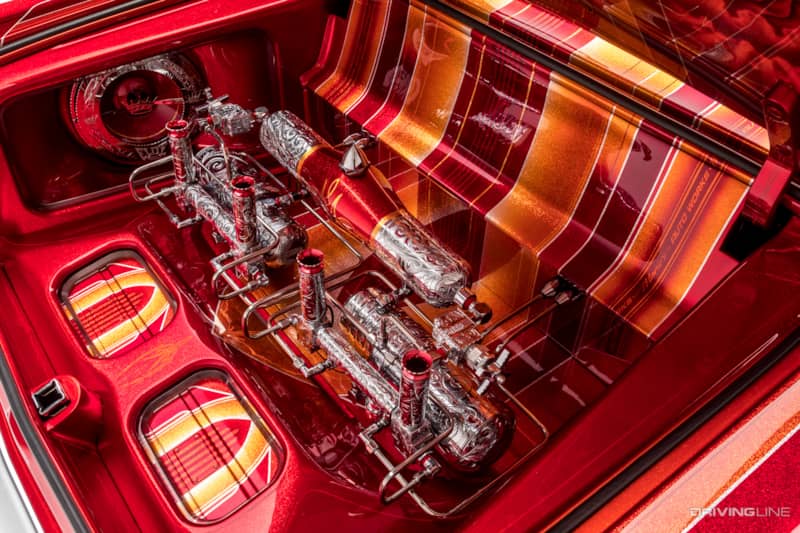
Replacement wiring harnesses that use modern materials—and that haven't been pulling duty for decades—are available across a wide range of applications, ranging from model-specific replacements to universal installations to custom-built solutions. Choices include direct OEM-style designs as well as harnesses that have been built to accommodate the modern upgrades that many classic muscle car and hot rod owners have made to their machines.
Know Your Draw
The key to a healthy electrical system in a classic car is to understand your vehicle's needs. Knowing how much power you need to draw in regular driving, and what kind of surge demand you might have while drag racing, adjusting suspension settings, or demonstrating the thunderous amount of bass sitting in your trunk, gives you the bare minimum alternator capacity you'll need to pursue in the form of an upgrade. A handheld ammeter will tell you what kind of a draw your vehicle is currently pulling, and allow you to calculate the headroom—typically 50 percent above that amperage—that you need to stay safe.
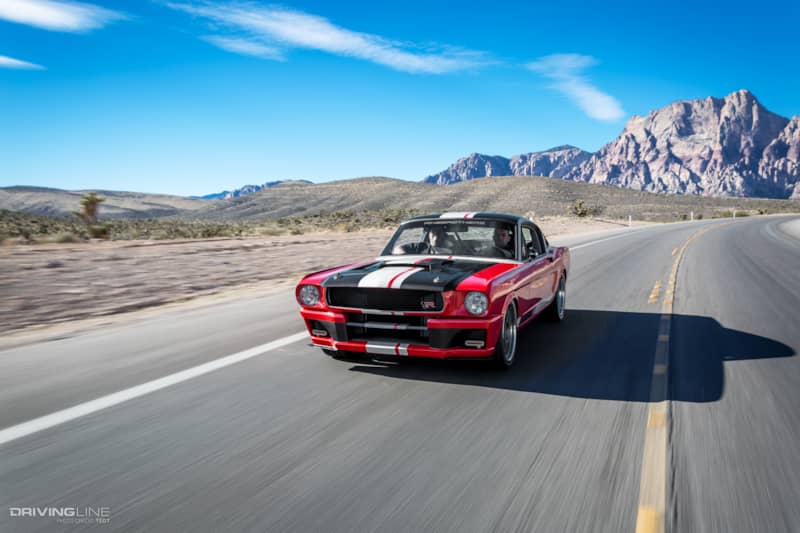
You'll also need to be aware of the condition of your wiring. A harness that dates back to the vehicle's date of assembly, which hasn't been inspected since that time, is likely setting you up for a nasty surprise at some point down the road. Going through your car's wiring isn't the most fun you can have on a weekend afternoon, but it's the only way to discover whether it's time for a replacement, or if you can instead shore up the wiring segments that most need it when pulling more power.




